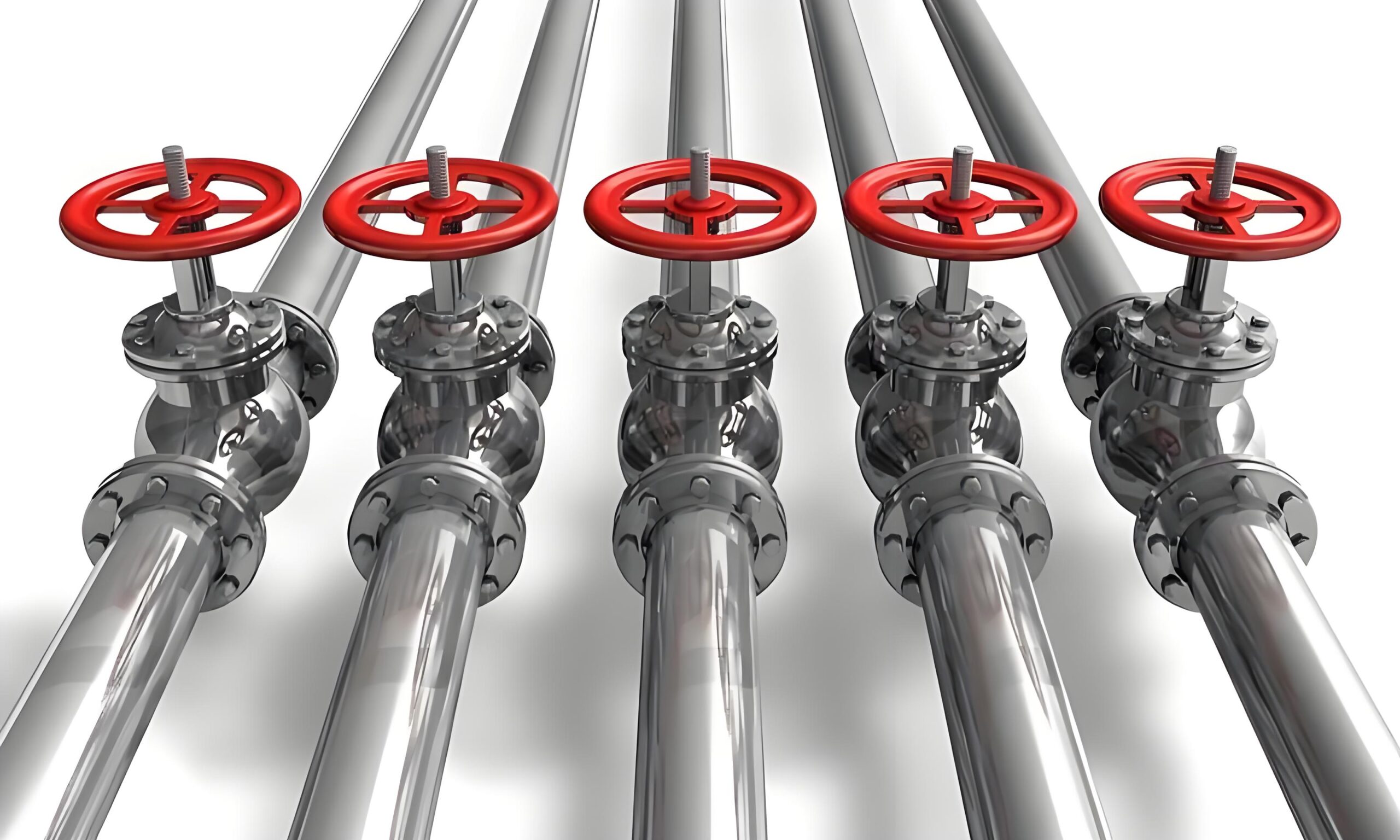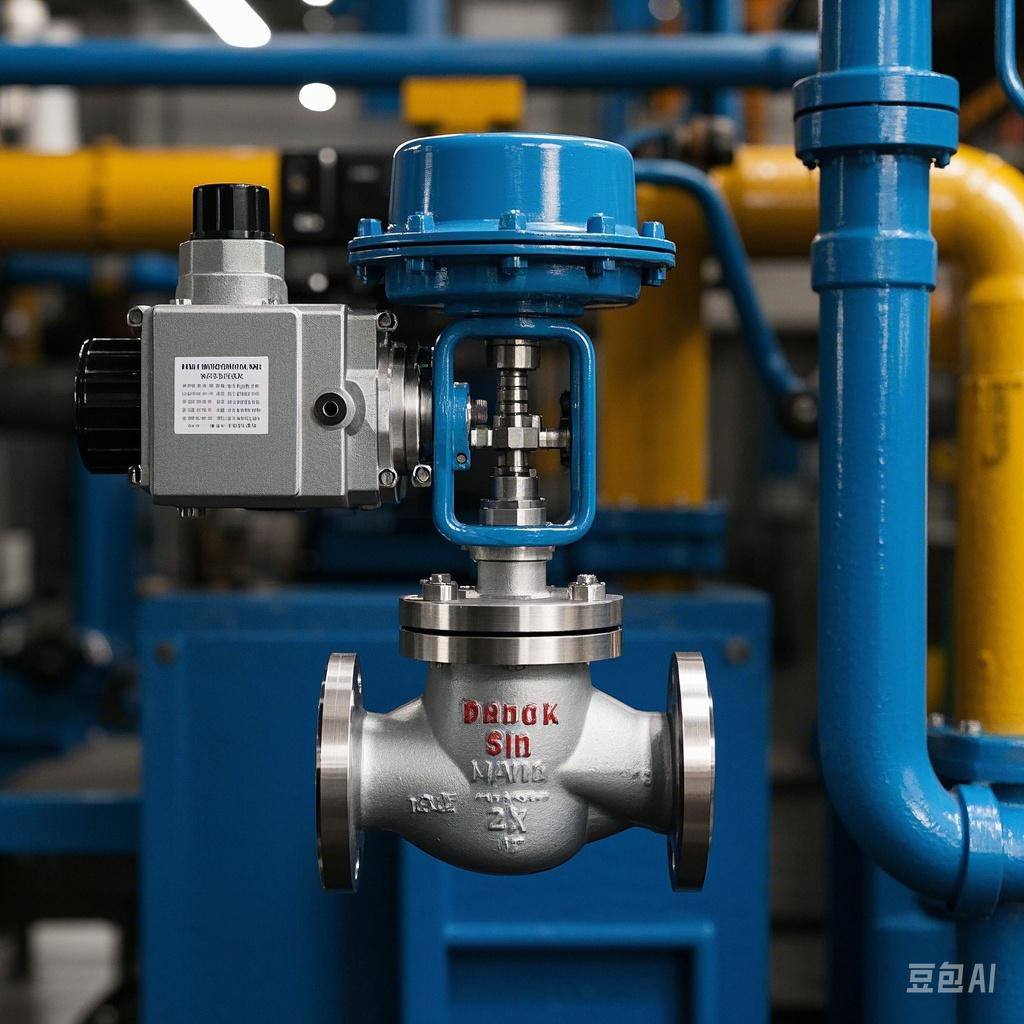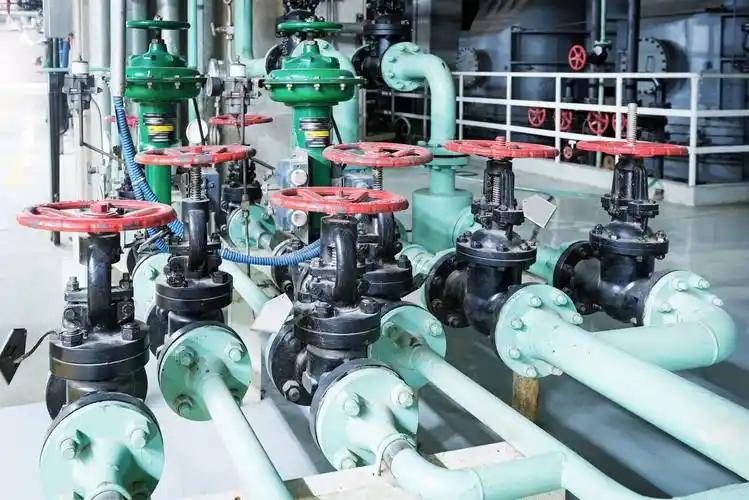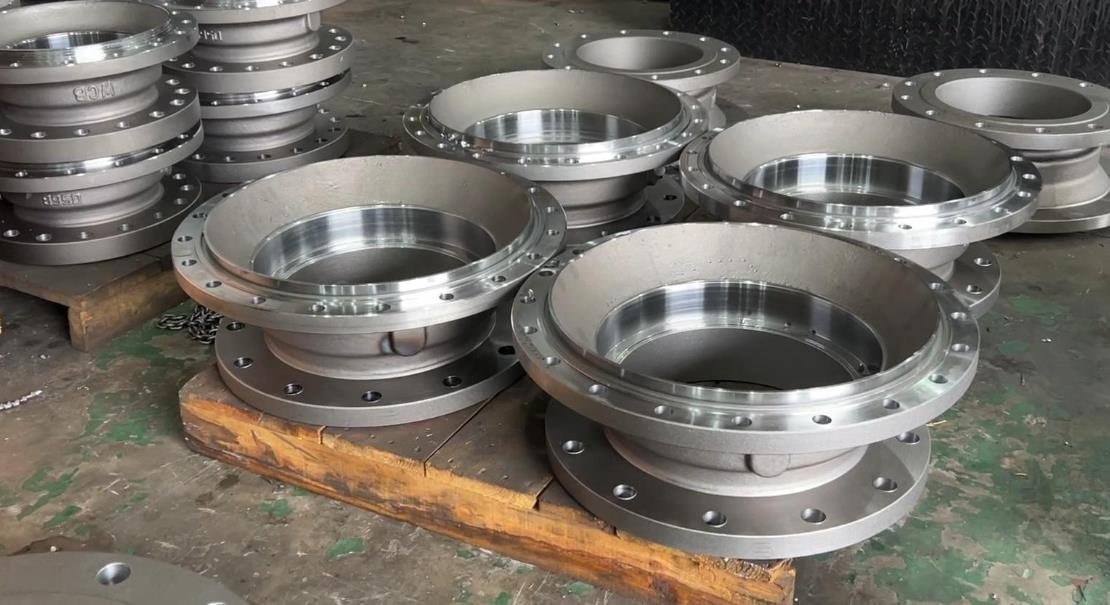The flow of logistics through valves is a common phenomenon in industry, mainly due to the pressure difference between upstream and downstream. This pressure difference, which we commonly refer to as pressure drop (ΔP) or differential pressure, is a key factor in driving logistics flow.
Imagine if the pipeline dimensions were the same both upstream and downstream of the valve and the velocity of the flow stream remained constant, then the valve would need to reduce the pressure of the fluid through friction losses to create flow. Here, a portion of the friction loss does come from the friction between the fluid and the valve wall, but this is relatively small and usually not enough to generate a sufficient pressure drop to push the logistics. This makes the design of the valve’s interior all the more important; they often contain narrow sections, which we call throttles, that are the main cause of the valve’s apparent pressure loss.
As the fluid approaches the valve, due to the presence of throttling, its velocity increases in order to ensure that all the fluid passes through the valve, and accordingly, the pressure drops. The place where this pressure drop is most significant is what we call the constriction section, which is usually located somewhere downstream of the throttle, and this location will vary depending on the specific pressure conditions. At the constriction cross section, the flow velocity is maximized and the flow area is minimized.
After the constriction section, however, the flow slows down and the pressure rises again, but usually does not return to the original upstream pressure level. The pressure difference between upstream and downstream is mainly due to the friction loss that occurs when the flow passes through the valve, which we call permanent pressure drop.
It is important to note that the flow rate of a valve can be increased by reducing the downstream pressure. However, in liquid operations, if the downstream pressure is too low, this may result in the creation of bubbles or gas traps in the liquid (which we call cavitation or flash vaporization). When the liquid is saturated with these bubbles or gas traps, the flow stream becomes clogged, and at that point, even if the downstream pressure is lowered further, the flow rate cannot be increased. Similarly, for gases, logistic blockage can occur when the flow rate approaches the speed of sound.
Now, let’s talk about the high pressure drop effect of valves. As mentioned earlier, many of the functions of a valve depend on the presence of a pressure drop, which allows the flow of logistics from the upstream vessel to the downstream vessel or to the atmosphere. However, in some process systems there can be a high pressure drop through the valve due to system requirements.
High pressure drops can cause a number of problems such as cavitation, flashover, logistic blockage, high noise levels and vibration. These problems not only affect the performance and life of the valve, but may also cause wear and tear on the valve body and spool, or even lead to valve failure. In addition, they can affect the calibration of ancillary instrumentation, fatigue in pipelines, and the hearing health of nearby workers.
As a result, valves operating at high pressure drops require the use of more expensive spools, more frequent maintenance, and more spare parts inventory and line supports. These measures will undoubtedly increase maintenance and engineering costs.
Although many users have noticed the effects of high pressure drop, the biggest threat is that it reduces the efficiency of the process system. This is because high pressure drop absorbs a large amount of energy, resulting in energy loss from the system. In most process systems, energy is supplied by a boiler or pump. If there are valves with high pressure drops in the system, then a larger boiler or pump will need to be used to provide sufficient energy. Conversely, if the system can be designed to reduce the use of high pressure drop valves, then the system will be more efficient and will be able to use smaller boilers and pumps.
In summary, understanding and optimizing the phenomenon of pressure drop in logistics valves is critical to improving the efficiency and performance of industrial systems. Through proper design and selection of valve types as well as adjusting operating conditions, we can effectively reduce pressure drop and minimize the occurrence of related problems.
Valve common problems of “high pressure drop”



